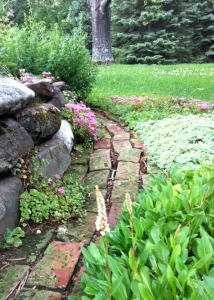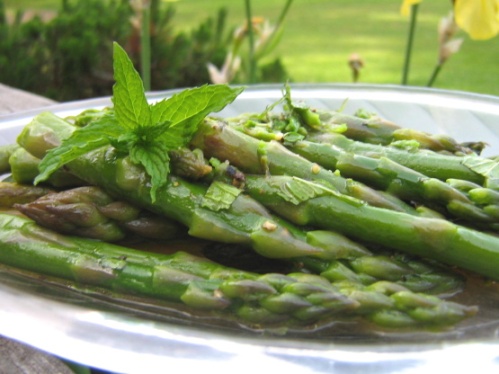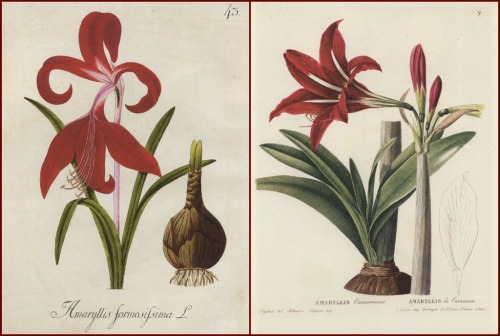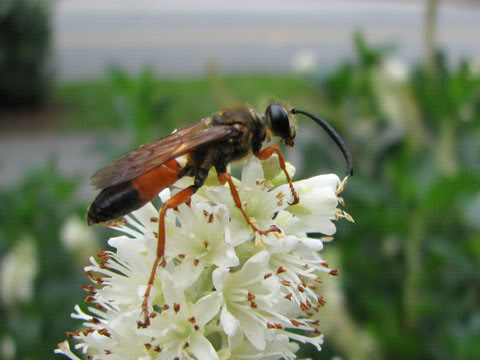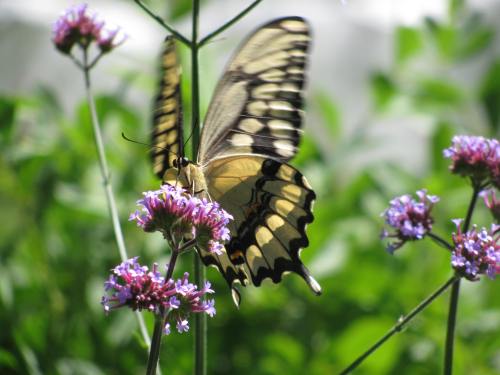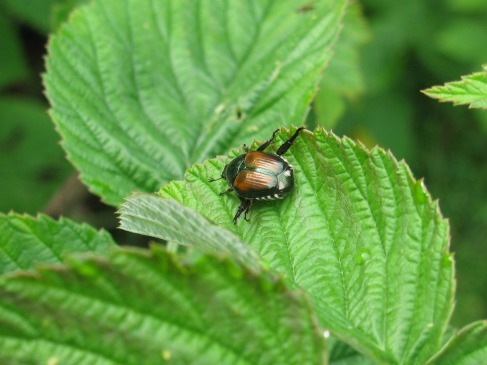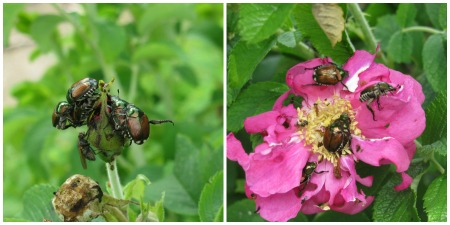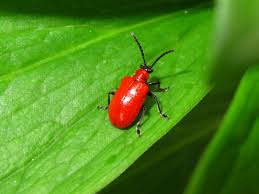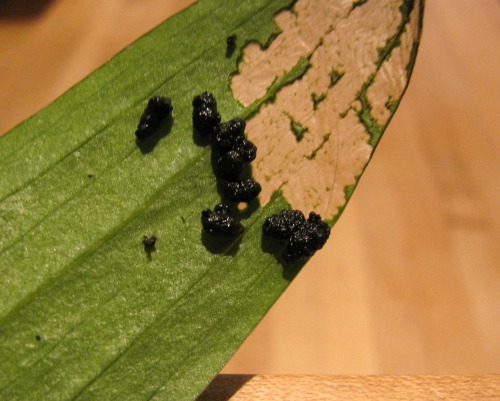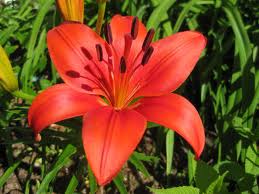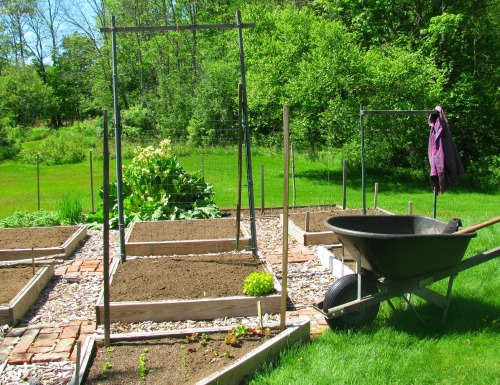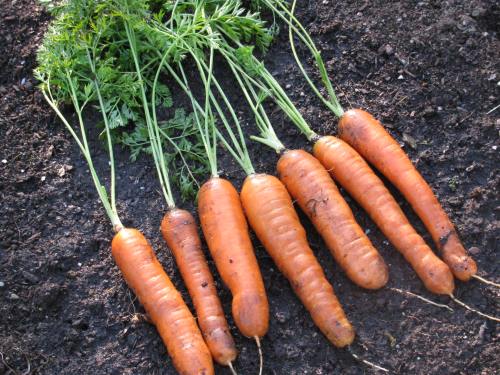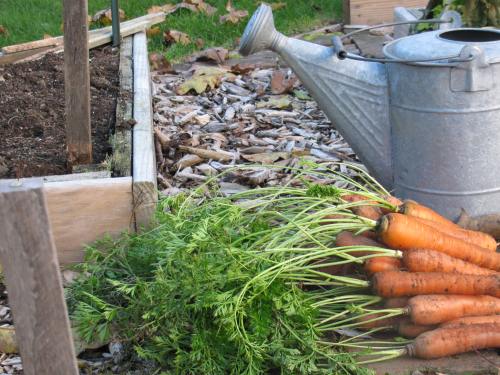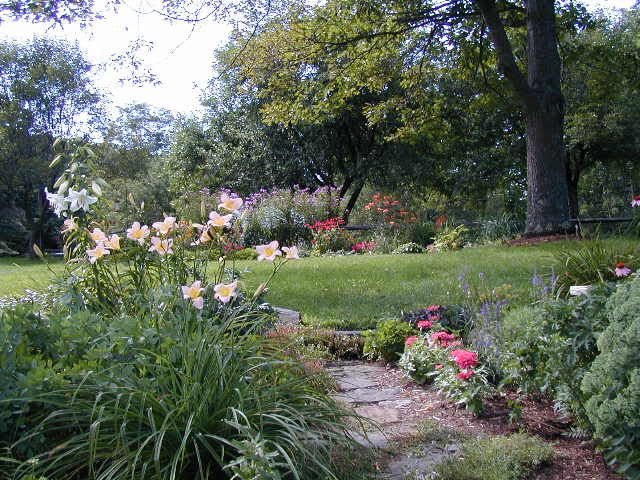
The day after, Vermont residents watch in shock as water threatens the dam in Windsor
Every American who was alive at the time remembers where they were and what they were doing on November 22, 1963. We remember, too, exactly where we were on September 11, 2001. And for Vermonters, we remember the day Irene came to town.
One year ago today, we were hauling in deck chairs and taking down dead trees in our little wood, preparing for the high winds that were predicted to be heading our way as Hurricane Irene barreled up the east coast. The big winds never really amounted to much, but it rained. and rained.
Vermont is small state with a big body of water on either side: Lake Champlain to the west and the mighty Connecticut River to the east. The lovely Green Mountains run down the middle of the state, and hundreds of beautiful streams flow down the mountains in all directions, draining away snowmelt and rainwater into the larger rivers and out to the ocean. Vermont’s 250 towns lie along these streams, roads following the natural course of the green valleys. When the rains of Irene hit, our already soaked landscape couldn’t absorb another drop, and the streams were overwhelmed with the torrential run-off that tore through every village and took away roads, forests, bridges, houses, farmland and the face of Vermont. On August 28, one year ago, we were aware of the rain pelting outside, but had no idea of the magnitude of the destruction that was going on down the road.

Water Rising

Residents watch as their home washes away in Killington
Hillary Mullins, a writer from Bethel, VT, posted an article in an online local newsletter, Seven Days, describing her Irene experience. I’ve shortened her essay for my post; you can read her full essay here.
WHEN IRENE CAME
When Irene first arrived — not as a hurricane but as a tropical storm — she didn’t seem so significant after all. The rain started Saturday night, and, yes, it came steady, but around here we’ve all seen rain like that before. A thunderstorm hits, creating a flash flood in one area.
But even though we knew all this, even though we knew the land here is all ridges and river valley, brooks and streams pouring down from everywhere to merge, uniting in the river that runs through our village, we didn’t know the power of what was running at the level of our feet. We didn’t know what could happen if all those little waters — not just some here or there — began to rise….
A cubic foot of water weighs a little over 60 pounds, and 60 pounds on 60 pounds countless times meant the beast was unleashed and the waters were going where they wanted. Two miles up Gilead, the brook was the size of a river by noon, and what once was road became river, and what once was meadow became gully, 30 feet wide, all churning water and torn-up trees.
Finally, around midafternoon, I heard the news that Gilead was flooded and that, over on the other side of the River Street Bridge, they were flooded, too. But still I didn’t understand… I called my brother. He was working a long weekend shift at a milk plant up in St. Albans. His road home, he said, was supposed to flood later on that night.
“I’m on ’til nine,” he said, “but guess I’ll leave at eight, seven-thirty if I can.”
“Why not leave now?” I asked. “It’s only milk.”
Then I called to check on my two friends who live in a house this side of the River Street Bridge, the town side. When they didn’t pick up, I worried, but I didn’t panic. I decided I would do some cooking and try them again in a little while. I didn’t know that already, just a few miles down the road, a husband and wife had been running through their barn, desperately trying to unhitch their cows as the river came pouring in, trying to move the animals — many of which they’d raised from calves — to safety. Twenty-five were swept away by the water. Somebody downriver saw one go by.
I didn’t know, but all over town, all over whole swaths of Vermont, the same thing was happening: streams and brooks and rivers swelling to huge and terrible dimensions, churning like furies through the landscape and taking everything in their path: trees, roads, houses, trucks. Toys, tires, sofas, stoves.
Me, I was making ratatouille. Slice the eggplant, salt it, let it stand…I tried my friends over on River Street a second time. No answer. I sliced the squash, the onions, the garlic. Put in basil. And then, just as it was getting dark, the power went out.
I brought the emergency candles out, made sure I had matches on hand. I called my brother. “Just pulling into the driveway!” he said. “I’m home.” I went out. This is when I began to know. But it was just a start. A few hundred yards down the sidewalk, I looked north through the trees, down onto … the kids’ playing fields, a large stretch of land. The ball and soccer fields weren’t there. Only lake was there. And I could not see where that lake ended…But, those fields were not a lake: They now were part of the river, and all the river was moving, and, though I didn’t know this because I couldn’t see it from where I stood, over on the main road north of my house, that river was running through the place we call the Dented Can Store and running through the plumber’s shop behind it, and running through the house of the woman who manages our post office; the river running a quarter of a mile beyond its usual banks through the fields and over the road and onto the other side, coursing through house after house, overtaking even the front row of the trailer park, shoving people’s trailers right off their moorings. And those people were lucky. Somebody else’s trailer washed away. Folks over on the other side of town saw it go under the River Street Bridge.
The next morning, the morning after the flood, was strangely lovely, a perfectly sunny and soft, end-of-summer day. All over our town, people were waking up and seeing what would have to be done. Roads and sidewalks and driveways were gone, entire fields layered under two feet of mud. This side of the River Street Bridge, their house thankfully spared, my friends were shoveling soggy bedding up out of the goat pen. On the other side of the River Street Bridge, neighbors were lining up to help the people whose places were wrecked, carrying out chairs and tables, armfuls of coats and books.
So far, the recovery bill is $733 million. And we’re still rebounding, all over the state. There are still many in temporary housing, farmers who have lost their livelihood, some roads still unpassable. Repairs on both of our local covered bridges won’t be completed for another 12 months. We have to drive a long way around to get into certain parts of town. But one of the things that made the tragedy of Irene remarkable was the way that communities, in every part of the state, pulled together.

Our Covered Bridge
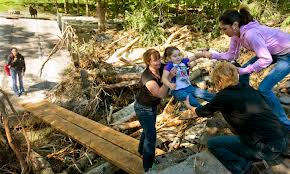

FLOOD BOUND:
There were many towns completely cut-off from the outside world; isolated islands, every road in or out was washed away, power and phone lines gone. One such town tells its story, as Marion Adams, an Emmy nominated videographer and resident of the little town of Pittsfield, reveals how the tragedy changed her home town and the people in it, in her documentary entitled Flood Bound. Along with 36 residents of Pittsfield, she tells the story of rallying to overcome adversity, the building up of a community, of how isolation and ancient grudges were healed in the aftermath of the storm. It is a very personal, compelling story — the result of a community pulling together, described as “the best kind of disaster you could have”. As neighbor unselfconsciously helps neighbor, the final comment on the tragedy, in the words of one local resident,
If humanity could be like this, there would be nothing wrong with this world.” Indeed.
((The documentary FLOOD BOUND was aired last weekend on Vermont Public Television,and is currently only available on DVD, but THESE CLIPS are certainly worth watching!))
ONE YEAR LATER, and now another hurricane, Isaac, is bearing down on New Orleans, having already lashed Haiti, leaving devastation in its wake. I struggle, maybe like many of us, with the images of the horror of so many tragedies on our planet. And struggle, too, maybe like many other Vermonters, who might just be a little bit self-congratulatory about our own heroic response to our own flood trauma, and squirm when we must ask ourselves “Who, really, is my neighbor?”
“What is written in the Law?” Jesus replied, “How do you read it?”
He answered, “‘Love the Lord your God with all your heart and with all your soul and with all your strength and with all your mind’ and, ‘Love your neighbor as yourself.’”
“You have answered correctly,” Jesus replied. “Do this and you will live.” But he wanted to justify himself, so he asked Jesus, “And who is my neighbor?”

Tent City in Port-au-Prince after Isaac

Who is my Neighbor?

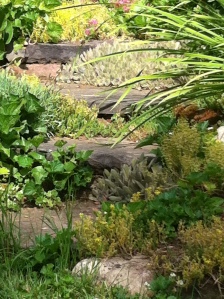 I was out weeding in my gardens this morning, while the air was warming but before the sun got too hot, and I looked down along the little stone and brick walkway where I was sitting, overgrown with sedums and arched with daylilies about to burst open, and it struck me: All my little gardens have a path!
I was out weeding in my gardens this morning, while the air was warming but before the sun got too hot, and I looked down along the little stone and brick walkway where I was sitting, overgrown with sedums and arched with daylilies about to burst open, and it struck me: All my little gardens have a path!
